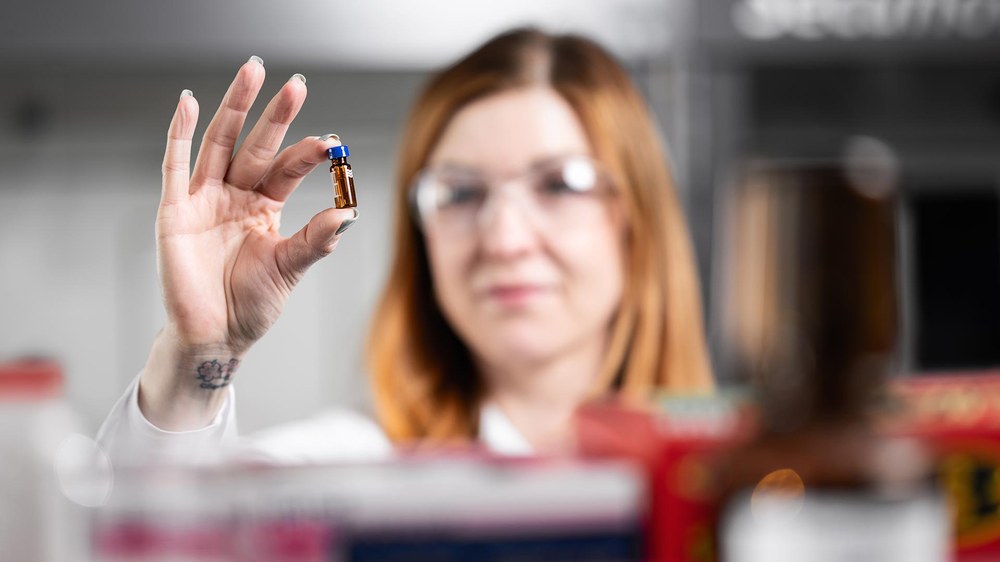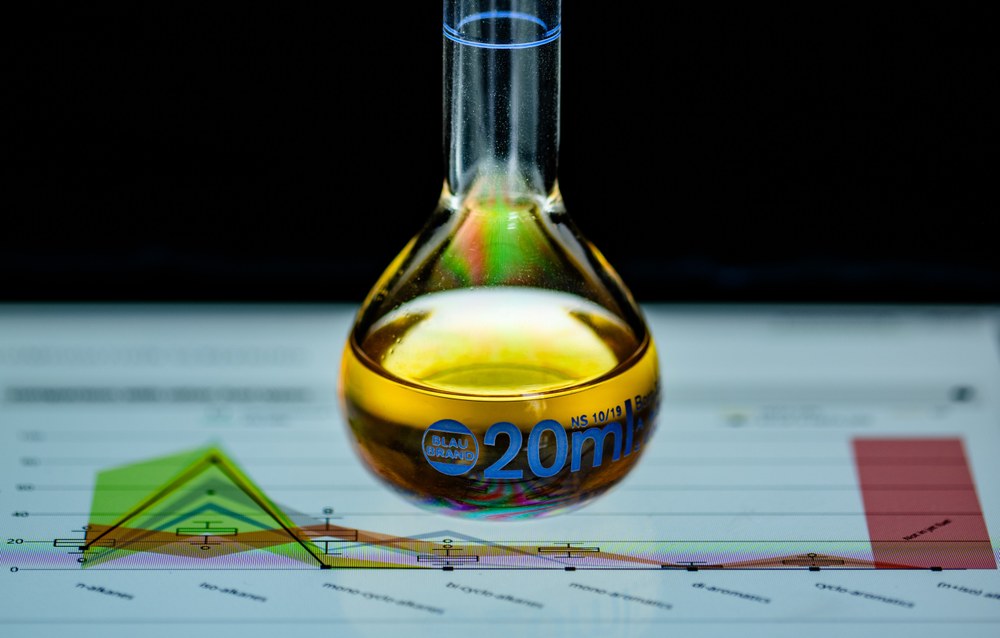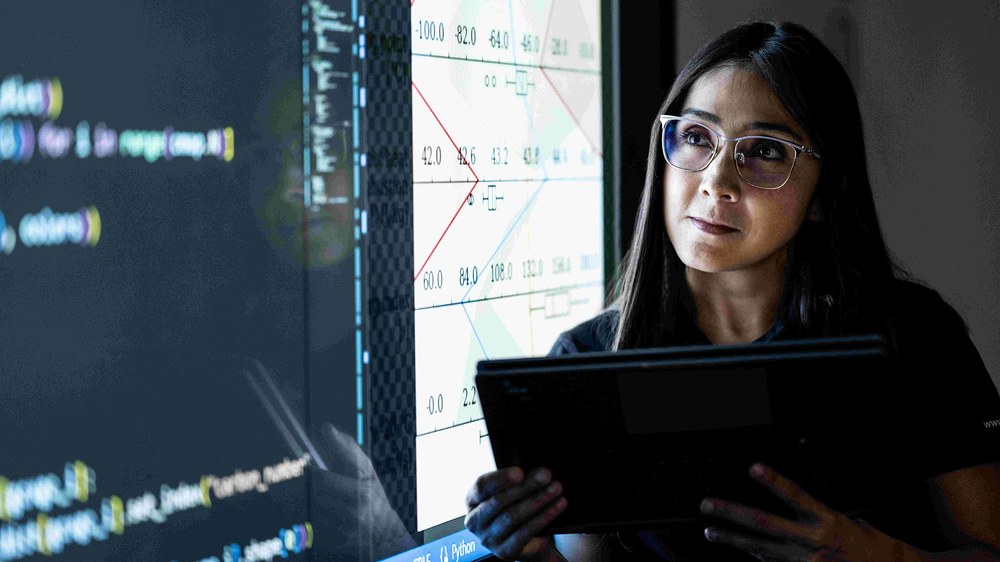Brochure: Towards zero-emission aviation (2021)
How DLR’s Aviation Research Strategy supports the European Green Deal 2050
In future, synthetic energy carriers will not only be able to replace fossil fuels in aircraft engines, but also in decentralised power plants. In addition, they will be suitable as a storage medium to bridge fluctuations in the energy supply from wind and solar power plants.
The source materials for these fuels are extremely diverse: they range from bio-alcohols and fuels from gasification or fermentation processes to hydrogen or Fischer-Tropsch products. A separate production process is developed for each source material. The combustion properties are so different due to the widely varying composition that new or customised combustion chamber concepts have to be developed. Thus, fuel flexibility is one of the most important requirements for future combustion chambers.
Not all of these new fuels are equally sustainable - even if many of them are summarised under the term sustainable aviation fuels (SAF). At the institute, researchers are primarily exploring CO2-neutral production routes for which green hydrogen is obtained using electrolysis and carbon from the atmosphere or from industrial processes . Research is being conducted into technologies for the production and utilisation of these novel fuels - both in the field of electricity and heat generation and for aviation propulsion systems. We are working on understanding each new chemical energy source in the laboratory to such an extent that we will be able to predict its properties and optimise it specifically for its future use.
Synthetic fuels from power-to-liquid processes (PtL) have the highest potential for climate-neutral and low-emission fuels - as long as electricity from renewable sources is used, they can be produced in an almost climate-neutral way. The demand for water and other raw materials is significantly lower than for other non-fossil fuels. The only raw materials required for these processes are CO2, water and energy in the form of electricity from renewable sources.
In a multi-stage process, synthesis gas is first produced from water and CO2 by electrolysis. Subsequently, either the Fischer-Tropsch synthesis can be used or methanol can be produced. The freedom in the design of the synthesis process makes it possible to produce very different products. Both petrol and diesel fuels can be reproduced in a climate-neutral way. However, research is no longer focused on the fossil fuels of the past, but on the requirements of the future: the aim is to produce optimised fuels with the lowest possible pollutant balance while at the same time improving efficiency.
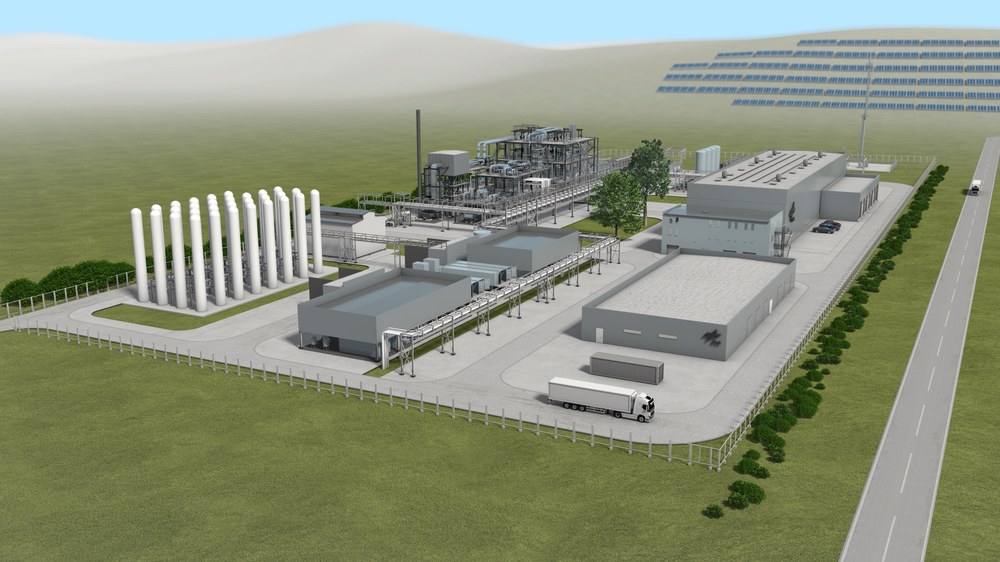
With the technology platform for power-to-liquid fuels (TPP), the German Aerospace Centre (DLR) aims to accelerate the market ramp-up of electricity-based fuels - also known as power-to-liquid fuels (PtL) or e-fuels. The aim of the project is to take the first step towards industrial production. To this end, the overall integration of a production plant of this size is being trialled for the first time. The plant will produce several thousand tonnes of PtL fuels per year. This quantity will be used in further research projects.
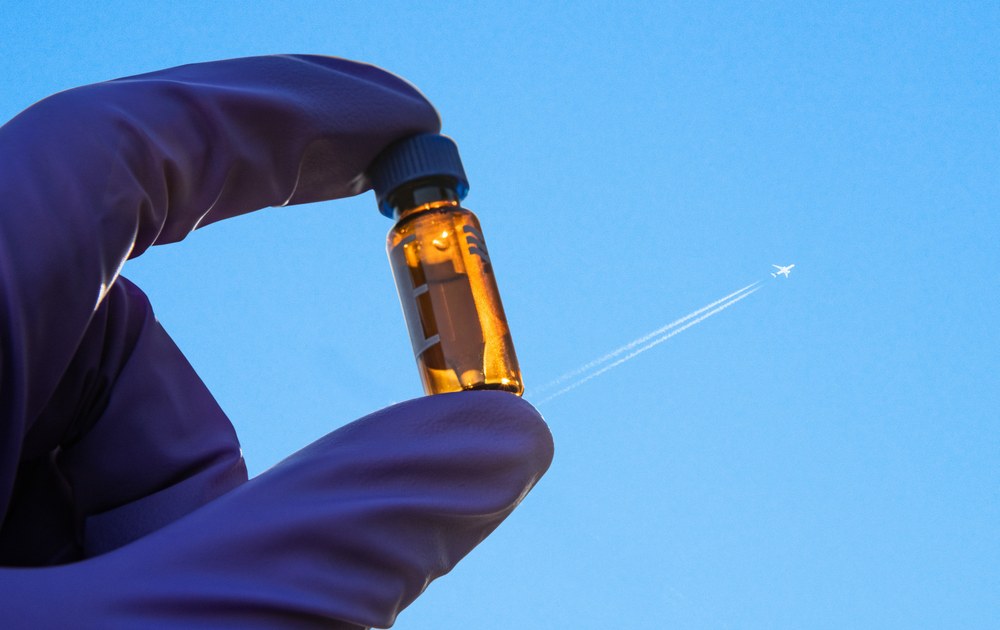
A major advantage of new fuels is that they can be optimised in terms of their physical and chemical properties - this is known as fuel design. The goals of optimisation are generally better combustion properties and lower emissions. As far as the combustion properties in aircraft engines or stationary gas turbines are concerned, flame stability and low pollutant emissions are the main focus. Since the fuel composition has a decisive influence on all combustion properties, optimisation cannot be achieved using empirical methods in view of the large variety of potential fuels, but only using methods based on an in-depth understanding of the underlying physical and chemical chains of effects.
DLR has set itself the goal of making aviation emission-free - with a combination of several technologies: hydrogen engines, fuel cells and sustainable fuels. There has long been a consensus in both research and aviation that these three concepts must be combined in order to achieve the goal of climate neutrality in aviation. At least for long-haul flights, there is no other way to become CO2-neutral in the foreseeable future than to use the new, non-fossil fuels. However, there is still a lot to be done to bring the technology out of the laboratory and into industrial production. This is where our work comes in.
Both the German government's working group on climate-neutral aviation and the European Union have set a clear target: Aviation in Germany and Europe is to become climate-neutral by 2045 at the latest. The European legislative package entitled "Fit for 55" describes how this goal is to be achieved and also contains specifications for the market ramp-up of sustainable fuels in aviation and shipping - known as sustainable aviation fuels, or SAF for short. From 2025, an initial blend of two per cent SAF is prescribed for flights departing from European airports.
Aviation fuels are subject to strict guidelines for specifications and must undergo an extremely complex approval process in order to meet the safety requirements of this industry, which are higher than in other transport sectors for good reason. One way of reducing risks and costs for manufacturers is the prescreening procedure, which can be carried out prior to approval by the ASTM (American Society for Testing and Materials). However, prescreening is only one way of fuel assessment - with our Technical Fuel Assessment, we offer a much more comprehensive analysis tailored to the specific application of the fuel, including complex combustion testing in our high pressure test rigs.
